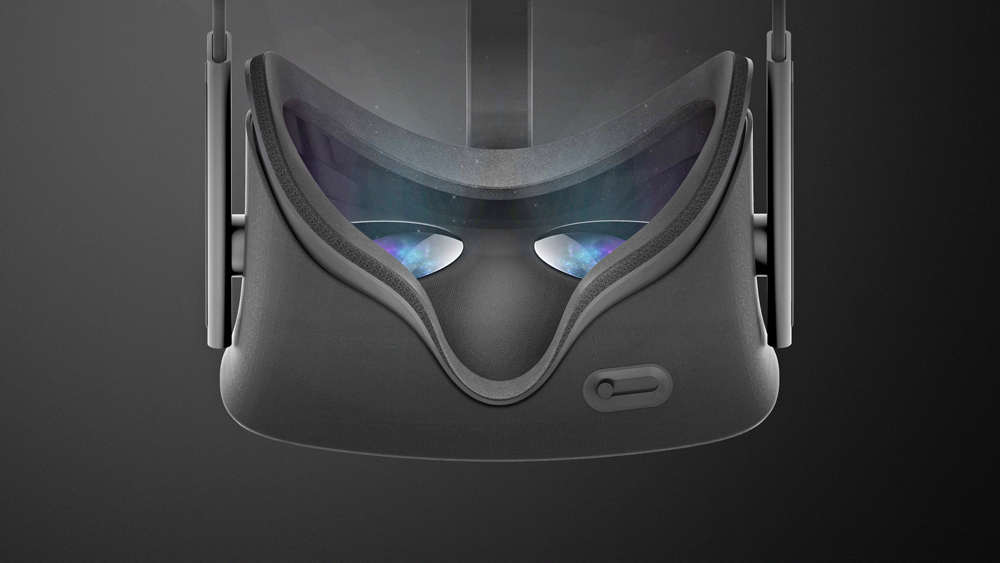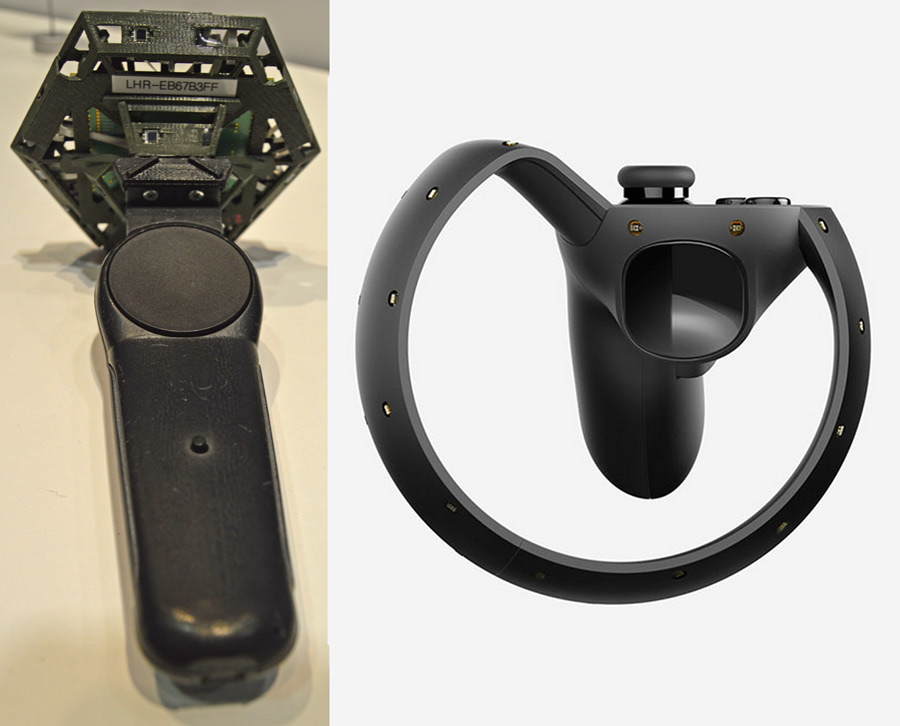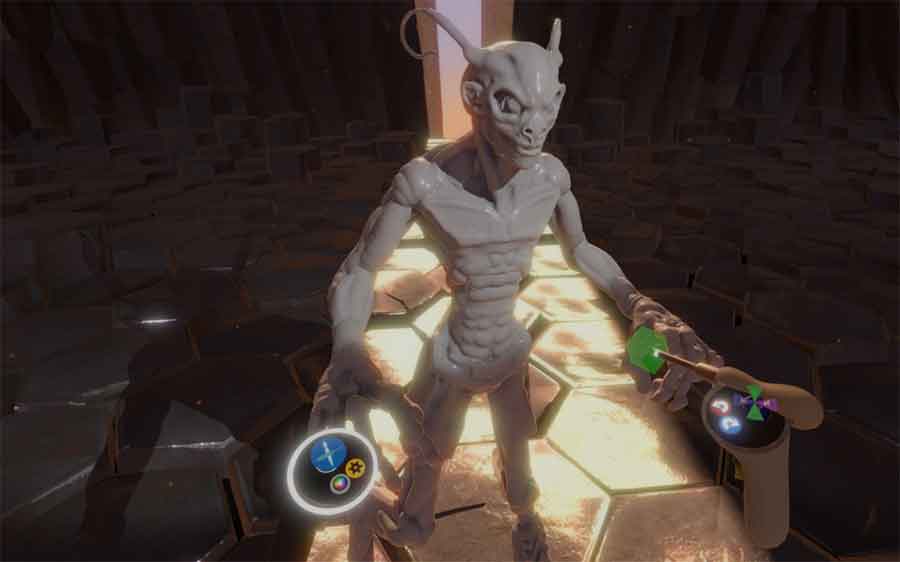The holy grail of VR is the holodeck. It’s a room you enter, speak your request to a computer for any environment you can imagine and suddenly you are there. In the near future, the closest we are likely to come is being called room-scale VR.
Room-scale VR represents a huge leap forward from the limited mobile VR systems I broke down in a companion post. It is the idea that a whole room could become dedicated to VR play, unlocking practically full immersion in a virtual space. One second you could be walking on the moon and the next at the bottom of the ocean. Subtle markers that steadily grow more obvious could notify you if you ever get too close to the walls of your real-world space. Maybe you can teleport from place to place to extend the boundaries of your room.
[gfycat data_id=”NeedyMistyArkshell”]
This gif shows early footage from Hover Junkers, a game being developed for the HTC Vive. The footage of an advanced wired VR system showing movement around a room represents the pinnacle of what’s possible with consumer VR hardware in the near future. At bottom the player’s hand and head movements are shown in the real world while at top left you see what he sees in VR, and in the top right what he would see in the real world if he didn’t have a headset on.
Basic consumer wired VR setups in 2016 are a long way from room-scale but advanced systems look like they could get pretty close. The HTC Vive, for example, might be technically capable of room-scale but not enough is known yet about how large a space can be used this way, how people are expected to make sure children or pets don’t enter the space and create a health hazard, or how developers plan to use this capability for new kinds of immersive experiences. Overall, it is a promising idea and could represent the pinnacle of VR, but not enough is known to suggest it will be a key differentiator between different wired consumer VR systems in the near future.
So instead, we begin with basic wired VR as seen with the Rift shipping in early 2016 and end with advanced systems that use hand-tracked controllers.
Basic Wired VR (Oculus Rift)

What it is: The Rift is the flagship lightweight headset from Facebook’s Oculus. It is tethered by a long wire to a PC running Windows. The price of the Rift is currently unknown but the PC is likely to cost around $1,000 for those starting from scratch. The headset features a microphone for voice chat and removable headphones for audio and it will ship with an Xbox One gamepad along with a separate camera that can see the headset. The camera is the key improvement over mobile VR because it allows seated players to lean around or standing players to move around a small space. This added functionality can unlock a much greater sense of immersion, making a virtual driver’s seat or spaceship cockpit feel entirely real.

Pros: The ability to bend or lean around while in VR is one of several improvements over mobile headsets. It is more lightweight too, so you are more likely to forget the headset is there, and every second in VR the display shows more information to the eyes, requiring the brain to fill in fewer gaps and leading to a greater overall sense of immersion. The powerful graphics cards recommended for the Rift also draw more detailed virtual worlds than mobile VR.
Cons: Wired VR likely requires a dedicated space for it, unlike mobile VR which can be used anywhere and anytime, like in bed or to privately watch a movie on a plane. PC gamers may have to upgrade their PCs to get them ready to drive the Rift, which is expensive but it is something many are likely to do anyway. Others interested in delving into VR, however, will have to build a PC from scratch or buy one. That’s an expensive prospect compared to a phone bought cheap under carrier contract to drive VR and used in conjunction with an inexpensive phone holder headset.
Advanced Wired VR (Rift and Oculus Touch, HTC Vive, PlayStation VR)

What it is: Advanced wired VR systems are differentiated from basic ones by hand controllers, as seen with the HTC Vive, PlayStation VR and Rift with added Oculus Touch controllers. These systems bring your hands into VR for added immersion by utilizing hand controllers that are tracked by the same sensors which see the headset. A couple months after the initial Rift headset bundle ships the Oculus Touch controllers will ship with a second camera to help them see the additional hardware better. PlayStation VR and HTC Vive each offer hand controllers of their own.

Pros: You can wave your hand, swing a sword, draw a bow, play ping pong, operate on a patient or fire a gun using the same movements and gestures you would in the real world. Developers are discovering new ways to use tracked controllers in VR all the time and they represent yet another added layer of immersion people can experience on top of the additional head and body movement unlocked with basic wired VR.
Cons: Hand controllers add cost to a VR system and are likely to run out of battery power from time to time. Also, developers have just begun playing with them, so it will take some time for truly great experiences to be developed that make use of the controllers.





























